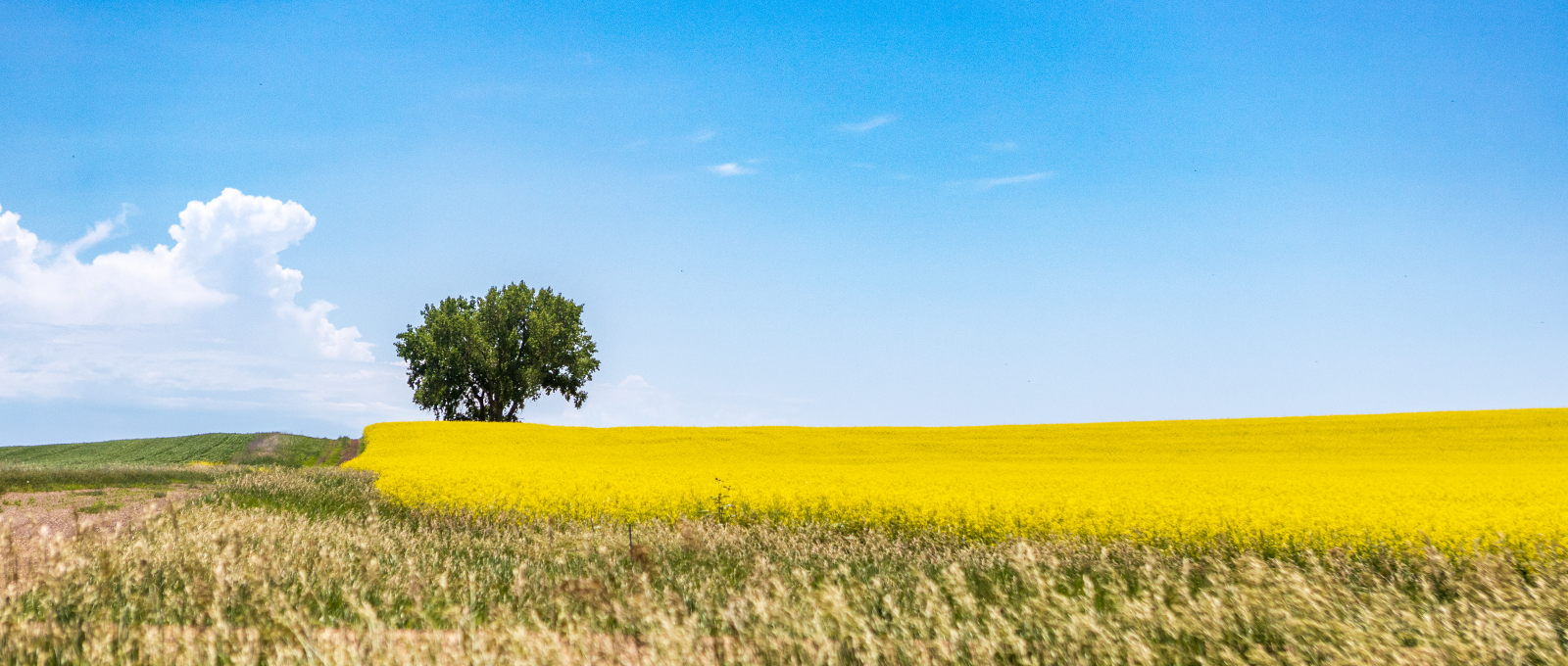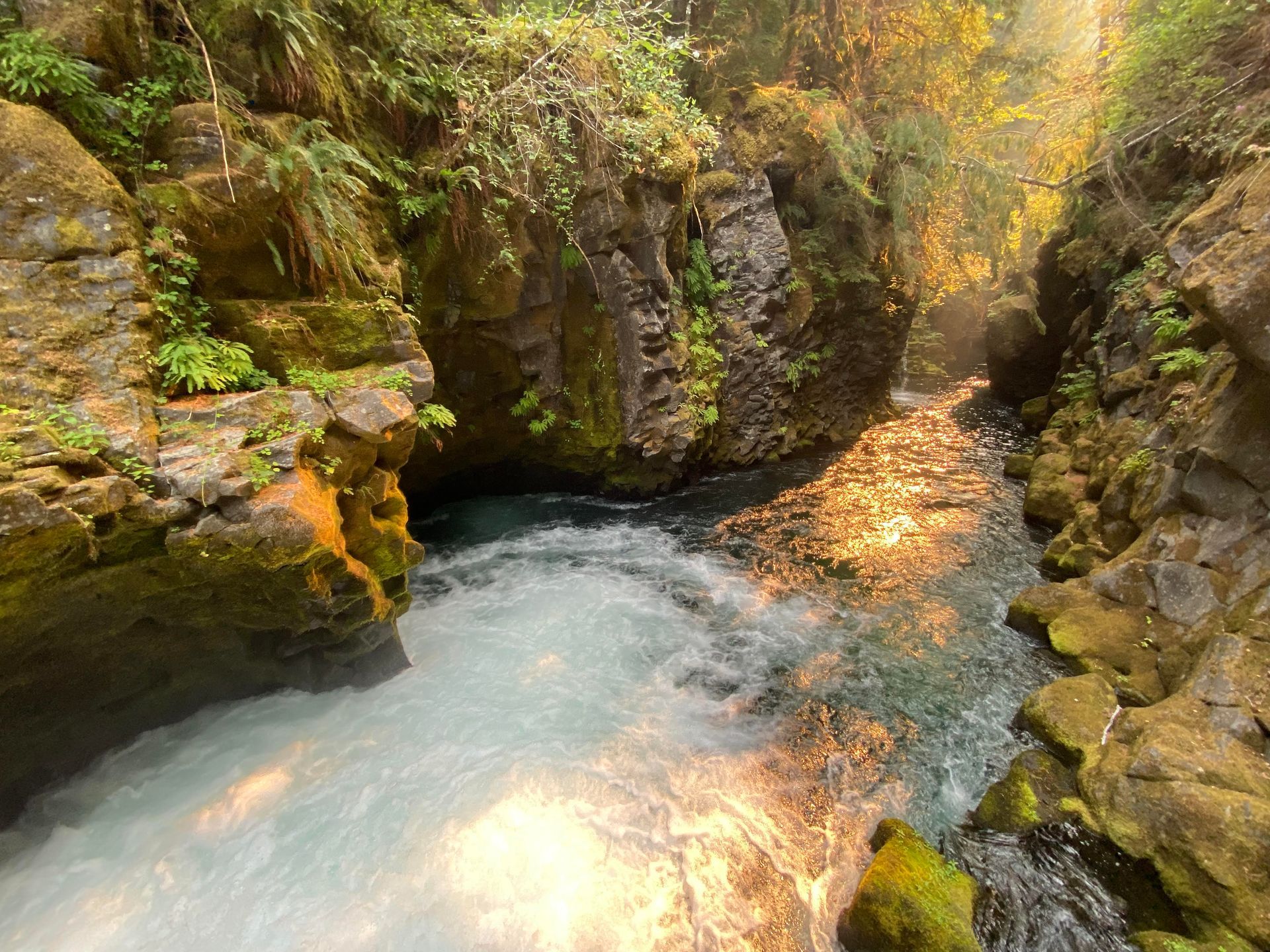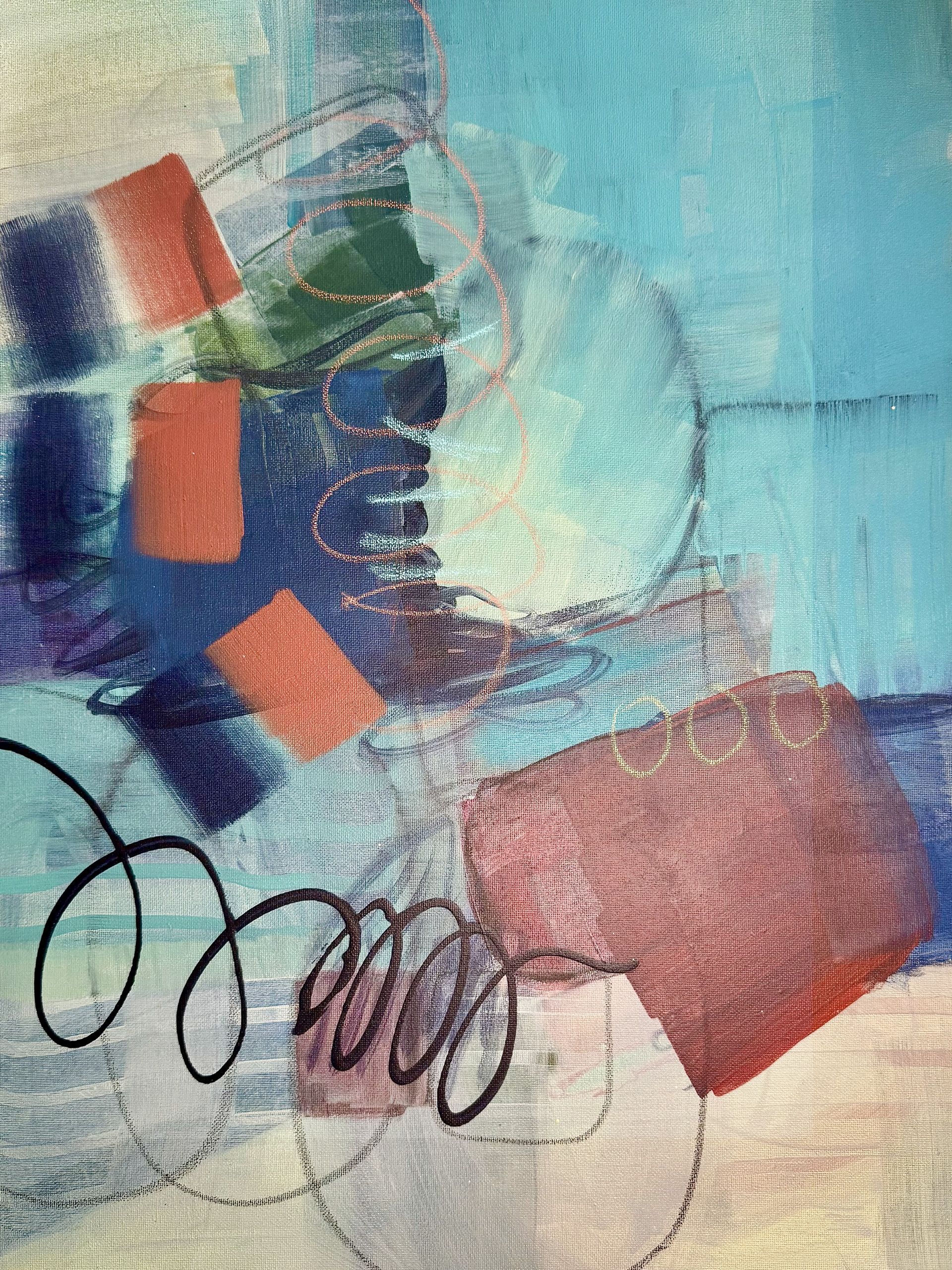Losing the Illusion of Safety
Much of our safety is an illusion
About ten years ago, my family took a short trip into the Hill Country, west of San Antonio. It was brutally hot, and we decided to go tubing on the Frio River. The three of us stood at the launch point, uncertain. Frio means cold in Spanish, and it was; the narrow river moved fast. Our son Daniel, perhaps six at the time, clambered into his tube and pushed off. He was around a corner and out of view in a heartbeat that I felt in my throat.
We were in after him quickly, around the same corner and back in sight. The river widened for a time, and we floated together. We needed the cold and the fun, though that stretch of the Frio was not the lazy Guadalupe I'd floated in the past. When the river narrowed again, we all sped up. Around a corner, Danny's tube pulled toward the shore and caught in a little whirlpool, where he spun in slow, bumpy circles. The current shot me past him. I got to the side as quickly as possible and held onto a root to steady myself. And I watched him there, perhaps ten yards away, as fear and helplessness grew. If he fell out of the tube, I could not get to him -- the water was too fast.
My wife Melanie pulled up next to me. We coached him to push off whatever solid thing his erratic path brought his way. Finally, his foot found a tree root and he was able to get back into the current. We'd gotten lucky.
Now sixteen and driving, Danny mentioned recently that the two of us hadn't gone on a road trip for a while. It's the kind of offhand remark the parents of teenagers listen closely for. We scheduled a rare weekend away, and that beautiful stretch of the Hill Country around the Frio came to mind. And then that memory of Danny spinning, out of reach.
It doesn't take a therapist to figure out why that particular memory surfaced. Danny is behind the wheel now, and soon I won’t be riding shotgun. He's heading into the world, and I can't keep him safe -- or can't pretend I can, the way I have all these years.
Much of our safety is an illusion, though that illusion keeps us functioning, keeps us from seeing and reacting to the threats that are, actually, everywhere. They are much easier to see riding with a new driver. I have to ask myself: what illusions of safety have I accumulated – hoarded, even – that keep me from living essential parts of my life?
In America, we’re going through a time in our communal life when illusions of safety and stability are rapidly crumbling. Some few of us here have been the rarest of the rare in human history, wild outliers so insulated from scarcity and conflict that we have lost all sense of our shared reality, our shared risk, our shared responsibility. Of our shared humanity.
The Jung Center matters now because we offer a limited but essential safety, a space where we can regain our humanity as we lose those illusions. Free of the fantasy that, for some of us, some things are guaranteed – “safe” – how much more becomes possible for us, and for our communities? We need much more possibility now, more of the real life we have been trading for our illusions.






